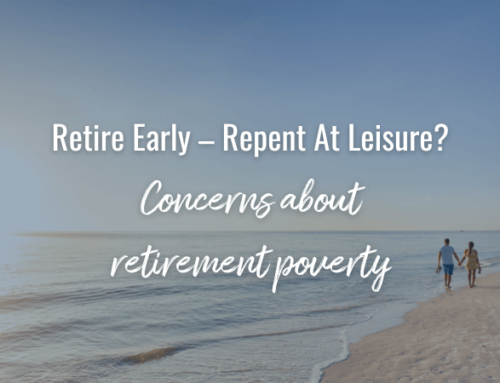If you reach state pension age on or after 6 April 2016, you will receive the new flat-rate or ‘single tier’ state pension of £155.65 per week.
Many people already in retirement are unsure about what the changes might mean for them and are seeking state pension advice. One area of confusion surrounds who will receive this new amount. It’s important to be aware that the new flat-rate pension doesn’t apply to those already in receipt of their state pension. However, there is some good news for this group.
The basic state pension will increase by 2.9% to £119.30 per week from April 2016. This rise will be worth an extra £174.20 a year to someone currently in receipt of the full state pension.
THE STATE PENSION AGE IS CHANGING
For years, everyone was clear about what their state pension age (SPA) was. Men retired when they reached 65, women at 60. Then, as the Government investigated life expectancy projections, they calculated the burden on the Exchequer and saw that they needed to gradually increase the state retirement age.
By 2020, both men and women’s SPA will be 66, increasing to 67 between 2026 and 2028. It will then be reviewed every five years and linked to life expectancy. The increase in age is gradual, and you can find your State Pension Age by using the Government’s online calculator at gov.UK.
QUALIFYING YEARS
In order to receive the full amount of the new flat-rate pension, you need 35 ‘qualifying years’ of National Insurance contributions or National Insurance credits. If you have missing years in your contribution record, then you won’t qualify for the full state pension when you retire.
You can top up your National Insurance contributions to improve the amount you will receive. If you want to get an estimate of what your entitlement would be, you can do so by going to the gov.UK website.
FACTORS AFFECTING YOUR ENTITLEMENT
Most people reaching SPA in the first couple of decades of the new State Pension, may have been ‘contracted-out’ of the additional State Pension (SERPS, the State Earnings Related Pension Scheme or S2P, state second pension) at some point.
When people were contracted-out they either paid National Insurance contributions at a lower rate, or some of the National Insurance contributions they paid were used to contribute to a private pension instead of their additional state pension.
They will have been contracted out through an occupational pension scheme where their pension was linked to their salary or through an occupational or personal pension scheme where contributions were invested and the final pension was determined by the outcome of those investments, referred to as a defined contribution scheme.
PLANNING FOR YOUR RETIREMENT
As life expectancy rises, many of us can look forward to around 45 years in employment followed by 30 years of retirement. So it makes sense at all stages of your working life to keep an eye on your pension arrangements.
Whilst the pension legislation landscape continues to change, the message remains clear; we all need to ensure we’re making adequate pension provision for our futures today.
If you are still requiring more information and state pension advice please do contact us. We can offer you an initial pension review and discuss your options. Clifford Osborne are independent financial advisors (IFAs) based in Eastbourne, East Sussex. We serve clients in Lewes, Brighton, Tunbridge Wells, Seaford, Bexhill, Hastings, Newhaven, Crowborough and Uckfield.






